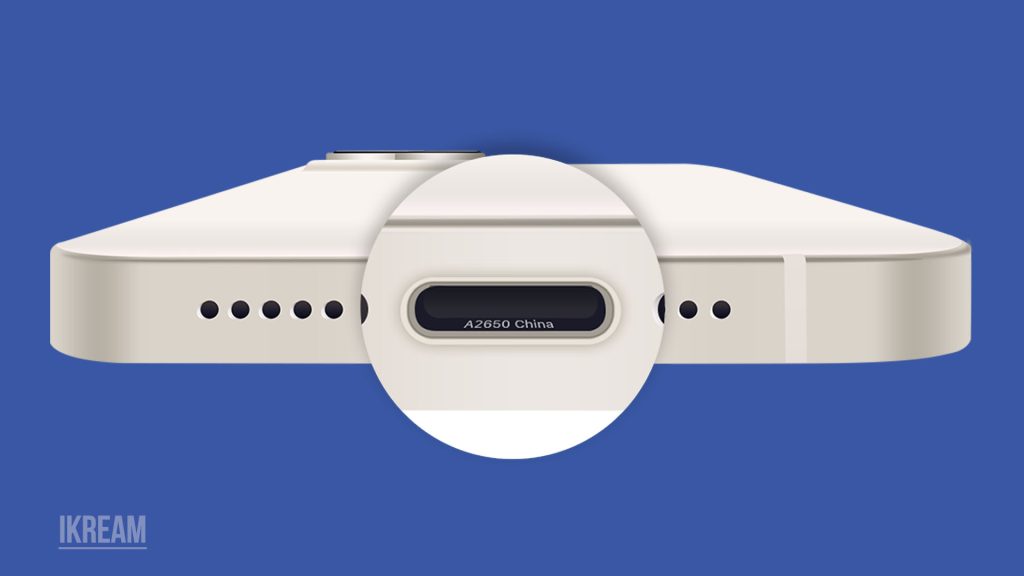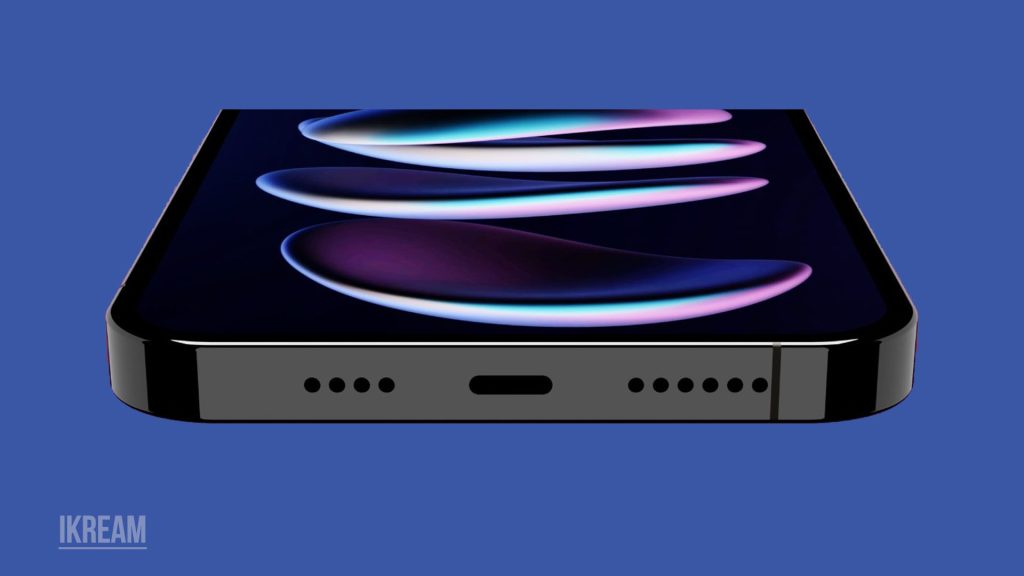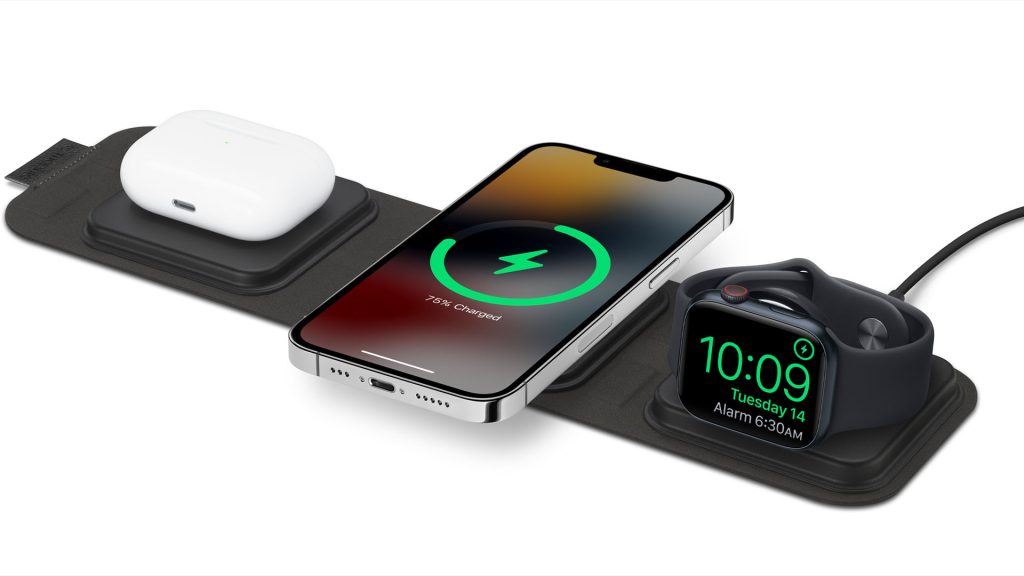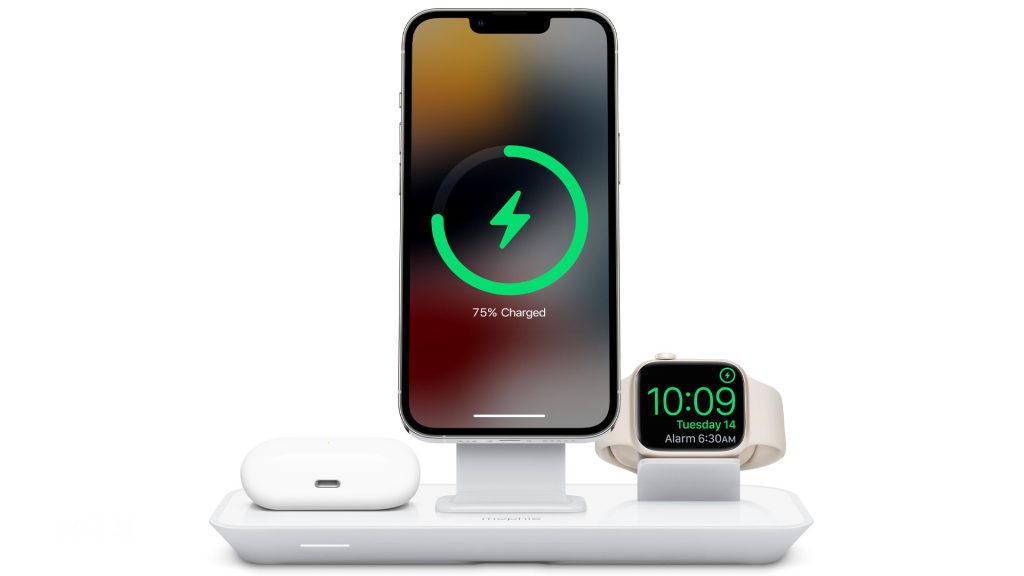The iPhone 14 lineup retains the Lightning charging port instead of adopting USB-C. As the primary means of powering up your iPhone 14, understanding how the charging port works and how to care for it is key to keeping your device powered up.

Lightning Port Benefits
The iPhone Lightning port is the proprietary charging and data transfer port used by Apple devices since the iPhone 5. It is a small, reversible connector that allows users to charge their iPhone and connect it to other devices or accessories, such as headphones or speakers.
The Lightning port uses a digital signaling technology that enables faster data transfer and more efficient charging compared to older connectors, making it a versatile and essential component of the iPhone ecosystem.

The Lightning connector offers a few advantages over USB-C, and these are as follows:
- Compact, reversible design that clicks in securely.
- Supports fast charging capabilities.
- Provides data transfer and accessory connectivity.
- Already ubiquitous among current iPhone owners.
- MFi certification program for accessory makers.
For now, Apple believes Lightning remains the best solution despite industry USB-C standardization.
Charging Functions
The iPhone’s charging functions enable users to replenish their device’s battery using various methods.
The primary charging method is through the Lightning port, where users can connect the device to a power source using a compatible charging cable and adapter.
Additionally, some iPhone models support wireless charging, allowing users to charge their device by placing it on a Qi-compatible charging pad or stand.

The iPhone also supports fast charging on certain models, which can deliver a significant charge in a short amount of time using a compatible power adapter and cable.
The Lightning port enables:
- Charging your iPhone 14 battery via a wall adapter or computer.
- Powering device usage directly when plugged in.
- Syncing data and content between iPhone 14 and computer.
- Connecting to accessories like docks, speakers, adapters, and more.
It’s the one-stop charging, data, and accessory hub on the bottom of your iPhone.
Faster Charging
Fast charging on an iPhone is a feature that allows the device to charge its battery more quickly than standard charging methods. It works by delivering a higher charging current to the iPhone’s battery, speeding up the charging process.
To use fast charging on an iPhone, users need a compatible USB-C power adapter (18W or higher) and a USB-C to Lightning cable, which can provide the necessary power to support faster charging speeds.

With a higher-wattage USB-C wall adapter, the Lightning port supports accelerated charging:
- Fast charge up to 50% in 30 minutes with at least a 20W adapter per Apple.
- Can recharge even quicker with higher 27W+ adapters.
- Uses Power Delivery fast charging standard.
The Lightning port keeps up with the latest charging tech.
Port Care Tips
Procare tips on iPhone batteries refer to best practices and recommendations provided by Apple to help users optimize their device’s battery life.
These tips include avoiding extreme temperatures, keeping the battery between 20% and 80% charge when possible, and enabling low power mode when needed.
Apple’s Procare tips aim to help users maintain their iPhone’s battery health, prolonging its overall lifespan and ensuring a better user experience.
To keep the iPhone 14 port working properly, refer to these subsequent guidelines:
- Use a lint-free cloth to clean out dust and debris from the port gently.
- Ensure the port is completely dry before charging – moisture can damage.
- Don’t force cable insertion if it doesn’t plug in smoothly.
- Avoid excessive wiggling, which can loosen the port over time.
- Prevent pocket lint and gunk buildup by using a phone case.
Proper maintenance preserves long-term charging functionality.
When dealing with a problematic charging port on an iPhone, Apple usually suggests the following steps.
First, ensure that the charging cable and adapter are not damaged by trying a different set.
If the issue persists, check the charging port for any debris or dirt and clean it gently using a soft brush or compressed air.
If these steps do not resolve the problem, Apple advises users to seek assistance from an authorized service provider or an Apple Store for further diagnosis and potential repair or replacement of the charging port. Professional cleaning or repair may be required.
Overall, the iPhone 14 retains the reliable Lightning port for all your charging, syncing, and accessory needs.
iPhone 14 Charging Port FAQs
-
Q: What type of charging port does the iPhone 14 use?
A: The iPhone 14 lineup sticks with the Lightning port instead of switching to USB-C. Lightning provides fast charging, data transfer, and accessory connectivity.
-
Q: What are the benefits of the Lightning port over USB-C?
A: Lightning is compact, reversible, ubiquitous for current iPhone owners, supported by the MFi program, and already delivers fast charging capabilities.
-
Q: Does the iPhone 14 Lightning port support fast charging?
A: Yes, with a higher wattage USB-C power adapter, the Lightning port can fast charge up to 50% in 30 minutes per Apple.
-
Q: How can I keep my iPhone 14 Lightning port working properly?
A: Gently clean out dust, ensure it’s dry before charging, avoid forcing cable insertion, minimize wiggling, and prevent pocket lint buildup with a case.
-
Q: What should I do if my iPhone 14 is having issues with the Lightning port?
A: Try professional cleaning or schedule a repair appointment at Apple or a trusted authorized service provider if you need help resolving Lightning issues yourself.